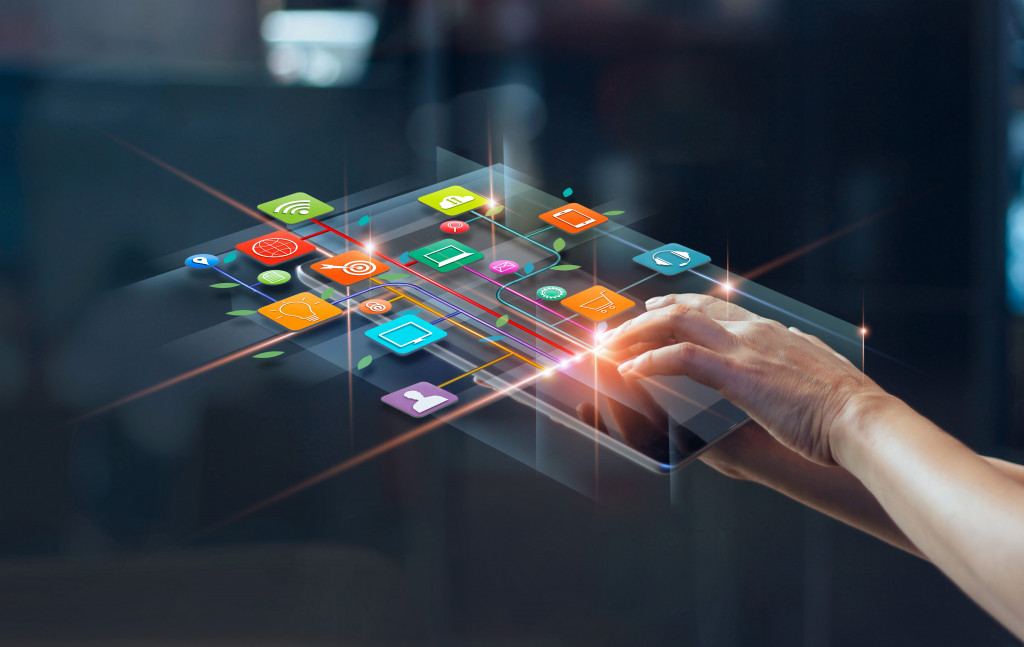Digital technology is growing at a monumental speed, and no section of the world is untouched by its impact. It affects all sectors like healthcare, the manufacturing industry, and the media. The advancements that were unthinkable only a decade ago are now changing the world. The chief purpose behind it is making lives more accessible, and it’s fulfilling that.
Although these technologies can be expensive, many find them valuable in making work easy. For example, there are 3D printing solutions in place that can replicate human organs. Many companies are exploring artificial intelligence (AI) to perform tasks. A digital revolution is occurring right now that is changing the way we live in the world.
What started this revolution?
Top tech brands in the world had already laid the groundwork, but Covid- 19 brought this revolution to the general public. When people were locked inside, digitization emerged as an urgency rather than a choice. People accepted automation with open arms that can strike off major tasks from their to-do list. Businesses all over the world shifted to advanced technology to get their workflow going. This opens up many opportunities that might be a good opportunity for many people. Here are some technologies that many think could change the world.
Artificial Intelligence
AI is starting a buzz in the business world, and many are trying to find ways to implement it as part of their online systems or even analytics. Tech start-ups and fashion brands are using AI to analyze customer behavior and create clothes that cater to their interests. Even this is only the tip of the iceberg.
There are AI solutions in place that can identify problems in a system and solve them independently. The target is to minimize the need for humans as maximum tasks will be automated. Businesses are already adopting this technology as there is already high demand for automation due to Covid.
Augmented Reality
Augmented reality is now popular for many online users. Snapchat and other similar apps use this technology that adds a filter to any image that augments or creates a heightened reality, at least onscreen.
Augmented reality can be used to show routes over a road in real-time. Furniture giant IKEA has also adopted AR. It shows how a sofa or dining table will look in your actual house. Augmented reality will take over pretty quickly due to its several benefits that make lives easier instantly.

Internet of Behaviors (IoB)
Brands are investing in IoB that can analyze behaviors in real-time and provide solutions. A great example can be a smartwatch that counts steps, heart rates, and provides instant prompts and solutions. An apple watch saved the life of 78-years-old Mike Yager, who fell in his driveway. The watch quickly sent a prompt to emergency services.
When the watch detected a hard fall, it waited for a response. When it didn’t receive one, it took action. That’s the power of IoB. The statistics are powerful and can be used for the betterment.
Cloud Computing
Cloud computing refers to the services one can provide over the internet. It gives access to databases, servers, analytics, software, and intelligence. This falls under three categories –
- Infrastructure as a service (IaaS)
- Platform as a service (PaaS)
- Software as a service (SaaS)
A Cloud can provide these services publicly or can sell limited members who pay for them. The user receives easy access to computing resources and IT Services.
Large Data Analytics
Data Analytics is spreading its roots in the IT sector very quickly. Since everybody is going digital, this means a huge amount of data will be generated. Companies use this data to market and advertise their products.
This is where Data Analytics comes into play. Large chunks of raw data are analyzed to form a conclusion. This optimizes the performance of companies and often drives marketing campaigns for them. Data Analytics is also used in manufacturing as companies track work time, runtime, and downtime. Analyzation of this data results in better planning of workloads so machines can operate at their peak capacity.
Smart Technology
Smart technology works close to consumers. It’s inbuilt in our smartphones, smartwatches, and devices like Alexa. Due to these integrated devices, homes are becoming smarter. They ease day-to-day tasks, which makes them very lovable. Supplementary resources like these are beneficial as they make homes more efficient and safe.
These were the top trends that are dominating the market. Most of them are easily accessible and used by the common public daily. Consumers enjoy the benefits of these sophisticated technologies, so it’s safe to say that it’s will grow significantly in the future.

